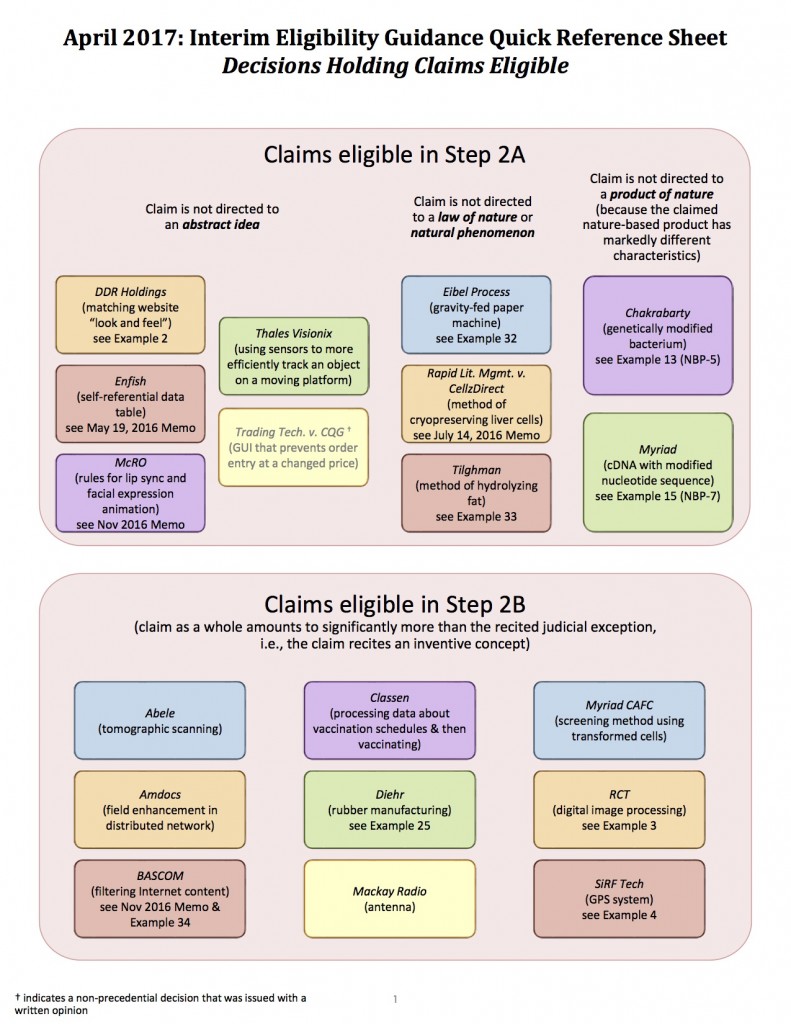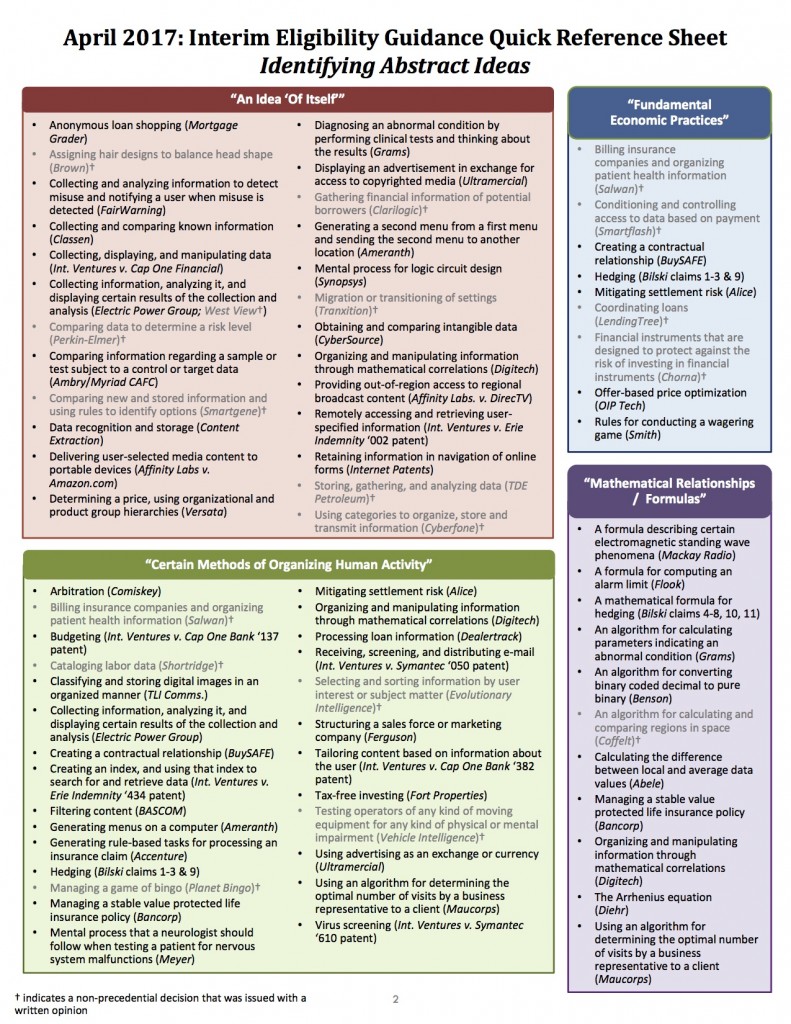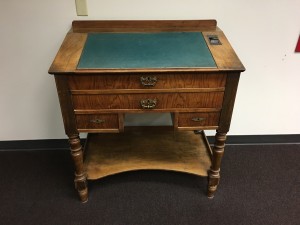In the recent oral argument of TVIIM v. McAfee, the appellant argued that claims must be construed the same way for purposes of validity as they are for infringement. The Federal Circuit acknowledged that principle in its opinion.
I thought it would be interesting to list some of the quotations reciting the principle because I think it might play a role in how the court assesses patent eligibility in future cases. Namely, if certain panels of the Federal Circuit are going to abridge the construction of claims for purposes of a patent eligibility analysis — e.g., “collecting information, analyzing it, and displaying certain results of the collection and analysis” are “a familiar class of claims ‘directed to’ a patent-ineligible concept.” See Elec. Power Grp. v. Alstom, 830 F.3d 1350, 1353 (2016) — the court should prepare itself for bold patent litigants to assert equally abridged constructions in the infringement context.
————————————————————————————————————————–
Claim terms must be construed the same way for the purpose of determining invalidity and infringement. Amgen Inc. v. Hoechst Marion Roussel, Inc., 314 F.3d 1313, 1330 (Fed. Cir. 2003).
TVIIM, LLC v. McAFEE, INC., No. 2016-1562 (Fed. Cir. Mar. 21, 2017) (Judge Reyna writing for the court).
It is axiomatic that claims are construed the same way for both invalidity and infringement. W.L. Gore & Assoc., Inc. v. Garlock, Inc., 842 F.2d 1275, 1279, 6 USPQ2d 1277, 1280 (Fed.Cir.1988).
Amgen Inc. v. Hoechst Marion Roussel, Inc., 314 F.3d 1313, 1330 (Fed. Cir. 2003) (Judge Michel writing for the court).
Having construed the claims one way for determining their validity, it is axiomatic that the claims must be construed in the same way for infringement. See, e.g., Kimberly-Clark Corp. v. Johnson & Johnson, 745 F.2d 1437, 1449, 223 USPQ 603, 610 (Fed.Cir.1984). The district court was bound by this court’s interpretation of the term “rate of stretch” as the law of the case in deciding infringement on remand.
W.L. Gore & Assoc., Inc. v. Garlock, Inc., 842 F.2d 1275, 1279 (Fed.Cir.1988) (Judge Rich writing for the court).
Regardless of how patent claims may be arrived at during the vicissitudes of prosecution, the invention patented is no more and no less than what the finally issued claims, as construed by the court, define; and they must be construed in the identical way for both infringement and validity. That Roeder may have once thought he could get a claim allowed on the broad idea of merely using two lines of adhesive, or that his attorney may have made the attempt without success, is not determinative of what he finally succeeded in patenting as his invention. The court must consider, on the obviousness issue, only what was granted, not the unsuccessful — and not unusual — attempts at overreaching in the early stages of the patent application prosecution.
Kimberly-Clark Corp. v. Johnson & Johnson, 745 F.2d 1437, 1449 (Fed.Cir.1984) (Judge Rich writing for the court).
Having construed the claims one way for determining validity, it is axiomatic that the claims must be construed in the same way for infringement.
SmithKline Diagnostics, Inc. v. Helena Laboratories Corp., 859 F. 2d 878 (Fed. Cir. 1988) (Judge Nies writing for the court).
Bristol stated its view in response to requests for admission that the claims of each patent would be infringed without a showing of an objective response in every patient. Bristol cannot have an expression be limiting in this context and non-limiting in another. W.L. Gore Assocs., Inc. v. Garlock, Inc., 842 F.2d 1275, 1279, 6 USPQ2d 1277, 1280-81 (Fed.Cir.1988) (“Having construed the claims one way for determining their validity, it is axiomatic that the claims must be construed in the same way for infringement.”). We therefore affirm the district court’s interpretation of “antineoplastically effective amount” as non-limiting.
Bristol-Myers Squibb Co. v. Ben Venue Labs., Inc., 246 F.3d 1368 (Fed. Cir. 2001) (Judge Lourie writing for the court).
As above indicated, the district court held in its opinion after the first trial that none of the prior art “showed a combination of one fixed and several free floating sprockets, whether mounted on a keyed round shaft or on a square shaft,” and that “it was a known principle . . . that a square shaft could be substituted for a keyed round shaft,” and that “variations on the non-round shaft have been around for years in one application or another,” and that “[T]he essence of patent ‘341 is the need to maintain a positive drive relationship between the sprocket and the belt” in light of expansion caused by temperature fluctuations. Thus, the court, in considering the validity issue, interpreted the claim as drawn to fixed and free floating sprockets on a non-round shaft, without regard to the particular cross sectional shape of the non-round shaft. “Having construed the claims one way for determining their validity, it is axiomatic that the claims must be construed in the same way for infringement.” W.L. Gore & Assoc., Inc. v. Garlock, Inc., 842 F.2d 1275, 1279, 6 USPQ2d 1277, 1280 (Fed.Cir.1988). Here, the district court committed legal error in interpreting claim 1 differently for infringement, i.e., as though it were limited to use of a square or other regular polygonal shaft (“The inventiveness in 341 was putting together the square shaft or other regular polygonal shaft, which gives you a very positive drive mechanism, putting that together with fixing one sprocket and letting others float.”).
Laitram Corp. v. Cambridge Wire Cloth Co., 863 F.2d 855, 9 U.S.P.Q.2d 1289 (Fed. Cir. 1988) (Chief Judge Markey writing for the court).


